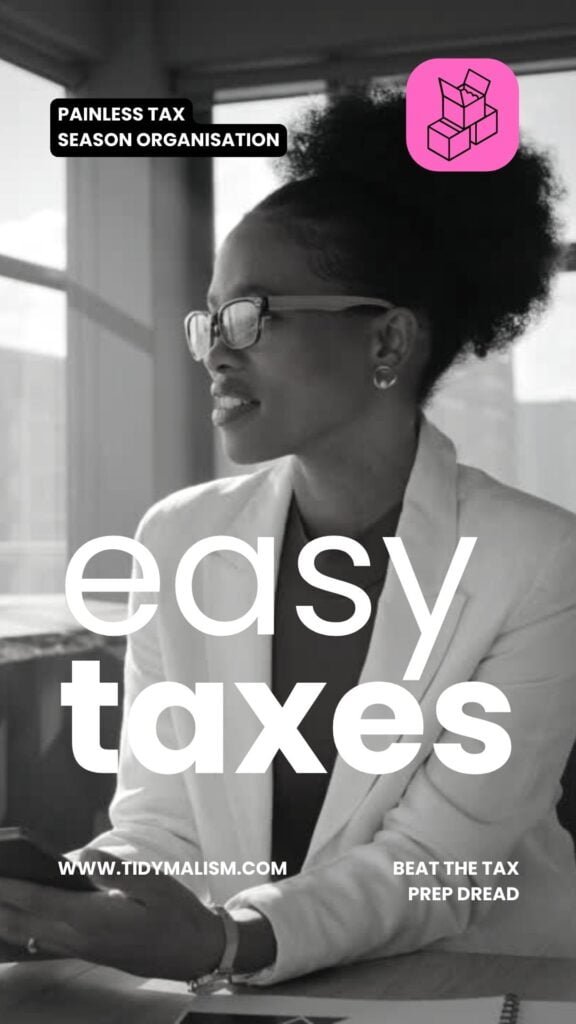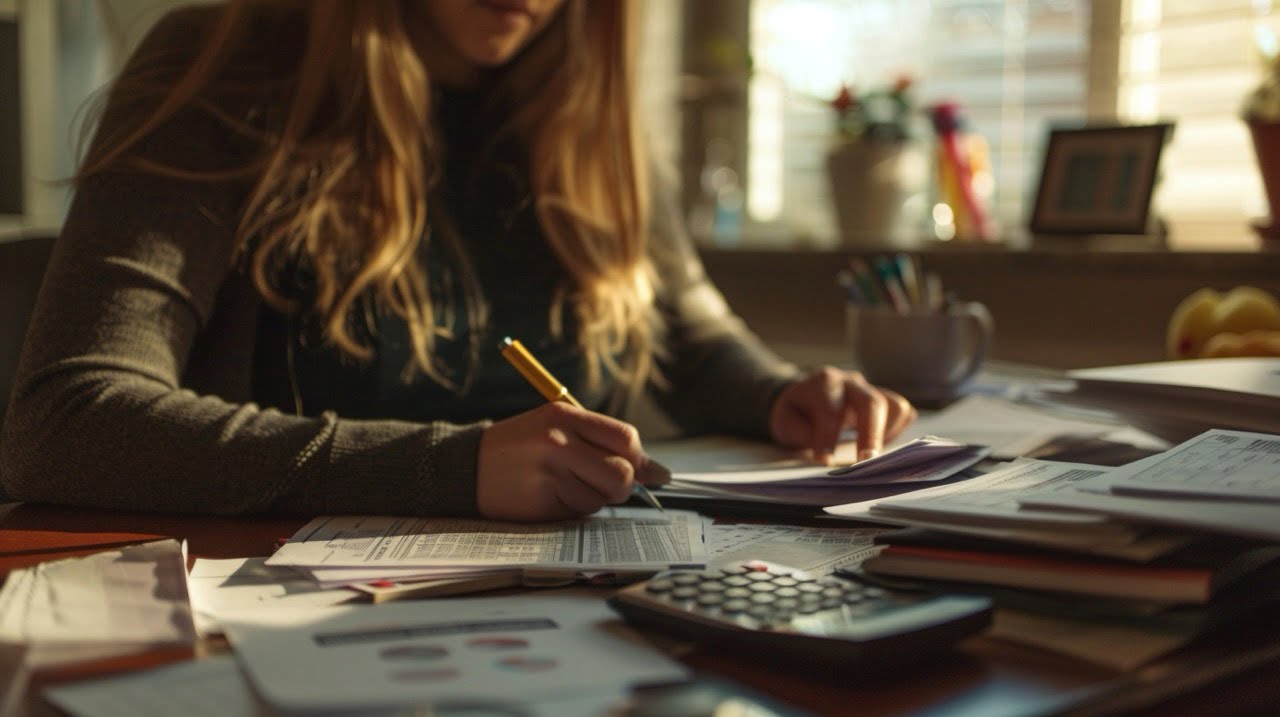It’s that time of year again: many locales around the world have springtime filing deadlines. Tax season is no fun… and unless you live in Monaco or the UAE, you just gotta do it.
Best Practices to Organise Tax Documents

Even if you’re using tax software or work with a certified accountant or tax preparer to file your return, you still need to put in some elbow grease, if only to get your bank statements in order and organise your tax receipts for them.
Procrastination can cost you late fees and interest, so it’s worth having a system in place. Ideally, one you use all throughout the year.
Good preparation is half the battle!
Whether you have one income stream or seven, are a student working part-time, a contractor or pensioner, a full-time employee with a side hustle, a SAHM or run your own business: if you organise tax documents throughout the year, you’ll find it makes it easier to file by the due date.
Filing by Category, Folders, Receipts

My own system consists of three main building blocks that you might find easy to adapt to your tax situation:
That’s pretty much it in terms of my tax prep checklist and how I organise tax documents. If you invest two minutes (GTD, anyone?) every time something lands on your desk (a bill, business expenses receipt, payslip, potential deduction, etc.), you’ll have way less of a mess to deal with when it’s time to prepare your taxes.
Unless, that is, you discover you’re missing 1099s for the IRS on tax day. 😅









Leave a Reply